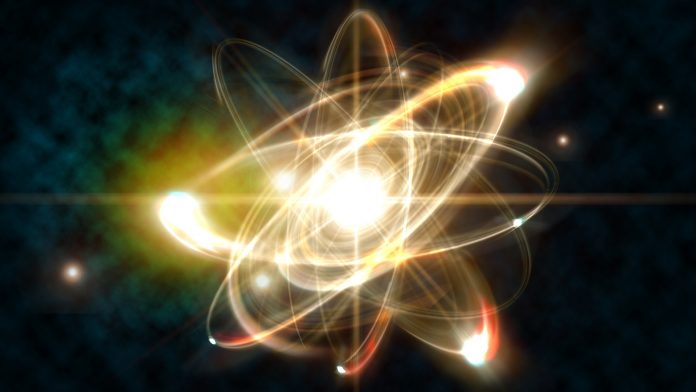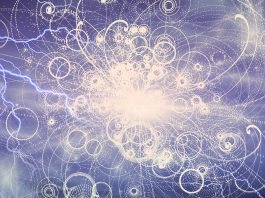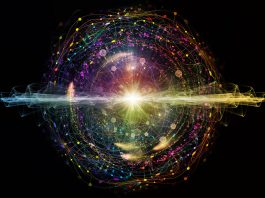Scientists at the Collider Detector at Fermilab (CDF) have attained the most precise measurement yet of the mass of the W boson.
After a decade of research and analysis, researchers working with the CDF collaboration at the US Department of Energy’s Fermi National Accelerator Laboratory (Fermilab) have successfully attained the most precise measurement of the mass of the W boson, which is a force-carrying particle.
By employing data collected by the Collider Detector at Fermilab, the researchers have successfully ascertained the particle’s mass with an astonishing precision of 0.01%. This is twice as accurate as the previous most precise measurement.
Tension with the Standard Model
This novel measurement of the W boson enables physicists to test the Standard Model of particle physics, which is the theoretical framework depicting nature at its most fundamental level. The result of this investigation was that the new mass value indicates tension with the value scientists acquired utilising experimental and theoretical inputs in the context of the Standard Model.
“The number of improvements and extra checking that went into our result is enormous,” explained Ashutosh V. Kotwal of Duke University, who headed the analysis and is one of the 400 scientists in the CDF collaboration.
“We took into account our improved understanding of our particle detector as well as advances in the theoretical and experimental understanding of the W boson’s interactions with other particles. When we finally unveiled the result, we found that it differed from the Standard Model prediction.”
If it is verified, this measurement indicates that changes to the Standard Model calculation or extensions to the model may be required. The newly attained value is in agreement with numerous preceding W boson mass measurements, but there are also some variations. Future measurements will be necessary in order to shed more light on the result.
“While this is an intriguing result, the measurement needs to be confirmed by another experiment before it can be interpreted fully,” added Fermilab Deputy Director Joe Lykken.
Analysing the W boson
The W boson is a messenger particle of the weak nuclear force. It is accountable for the nuclear processes that make the sun shine and particles decay. By employing high-energy particle collisions generated by the Tevatron collider at Fermilab, the CDF collaboration accumulated massive amounts of data comprising W bosons from 1985 to 2011.
CDF physicist Chris Hays of the University of Oxford commented: “The CDF measurement was performed over the course of many years, with the measured value hidden from the analysers until the procedures were fully scrutinized. When we uncovered the value, it was a surprise.”
The mass of a W boson is around 80 times the mass of a proton, or roughly 80,000 MeV/c2. CDF scientists have worked on realising more accurate measurements of the W boson mass for more than two decades.
The central value and uncertainty of their latest mass measurement is 80,433 +/- 9 MeV/c2. This outcome utilises the complete dataset compiled from the Tevatron collider at Fermilab. It is based on the observation of 4.2 million W boson candidates, around four times the number used in the analysis the collaboration published in 2012.
“Many collider experiments have produced measurements of the W boson mass over the last 40 years,” added CDF co-spokesperson Giorgio Chiarelli, Italian National Institute for Nuclear Physics (INFN-Pisa). “These are challenging, complicated measurements, and they have achieved ever more precision. It took us many years to go through all the details and the needed checks. It is our most robust measurement to date, and the discrepancy between the measured and expected values persists.”
CDF co-spokesperson David Toback, Texas A&M University, concluded that the findings are a significant contribution to testing the accuracy of the Standard Model: “It is now up to the theoretical physics community and other experiments to follow up on this and shed light on this mystery,” he added. “If the difference between the experimental and expected value is due to some kind of new particle or subatomic interaction, which is one of the possibilities, there’s a good chance it is something that could be discovered in future experiments.”









